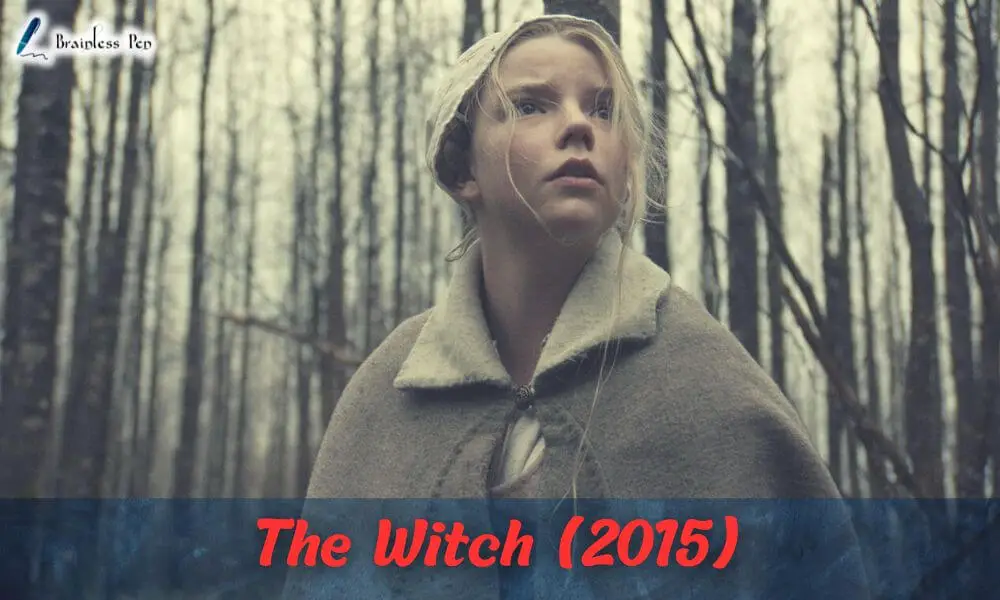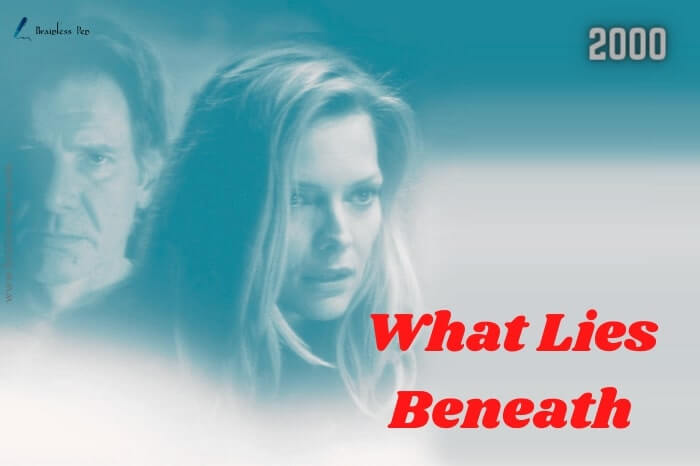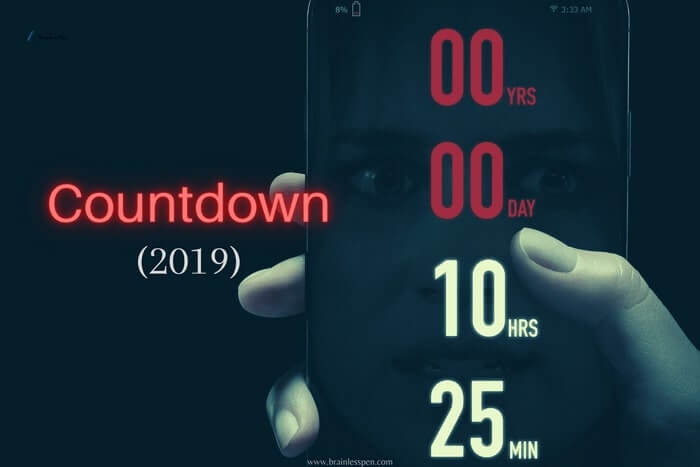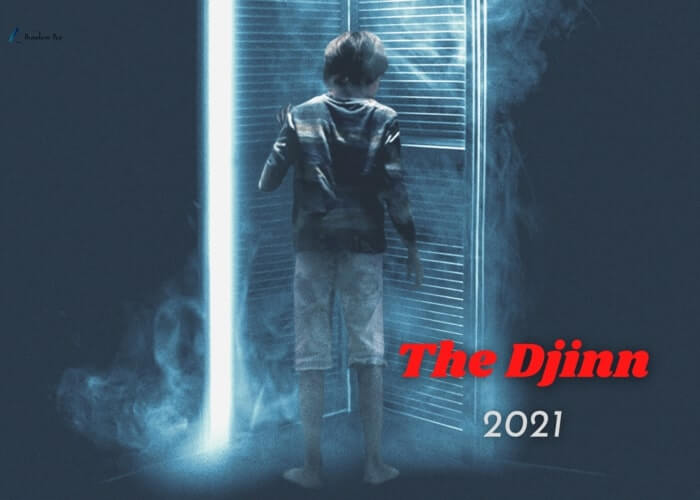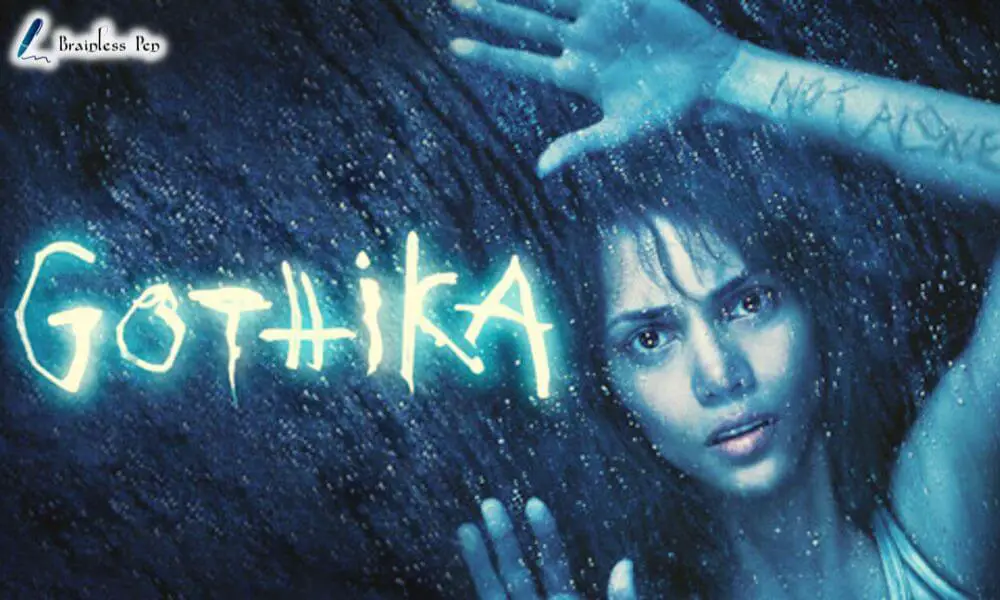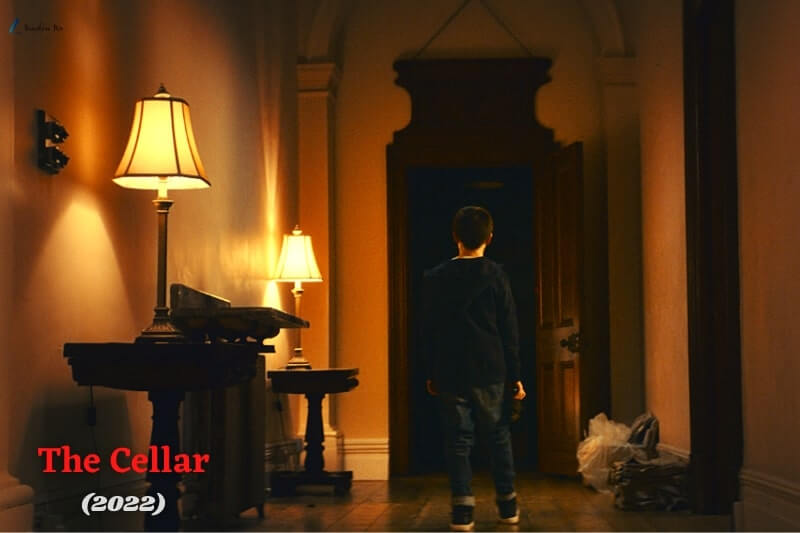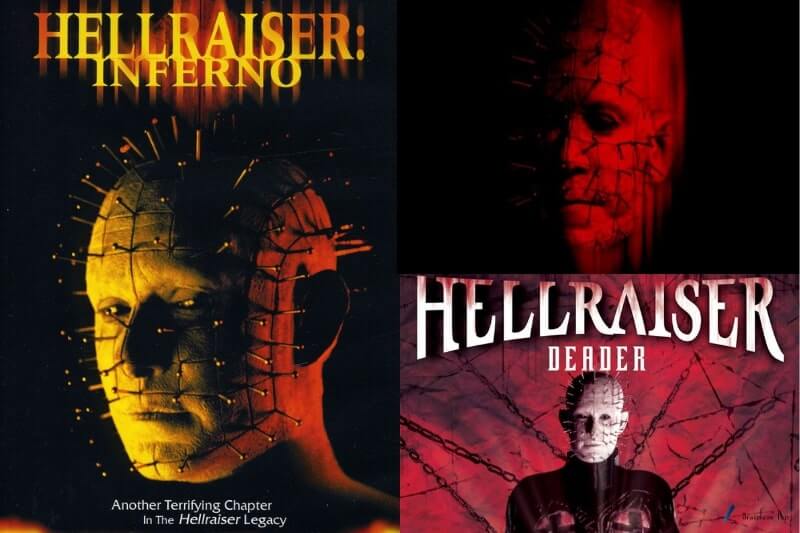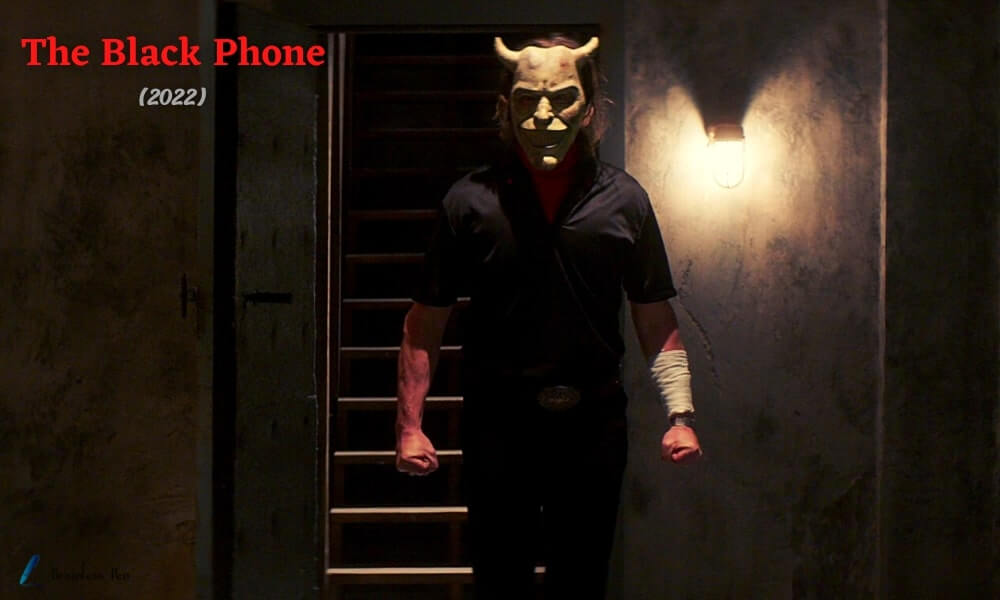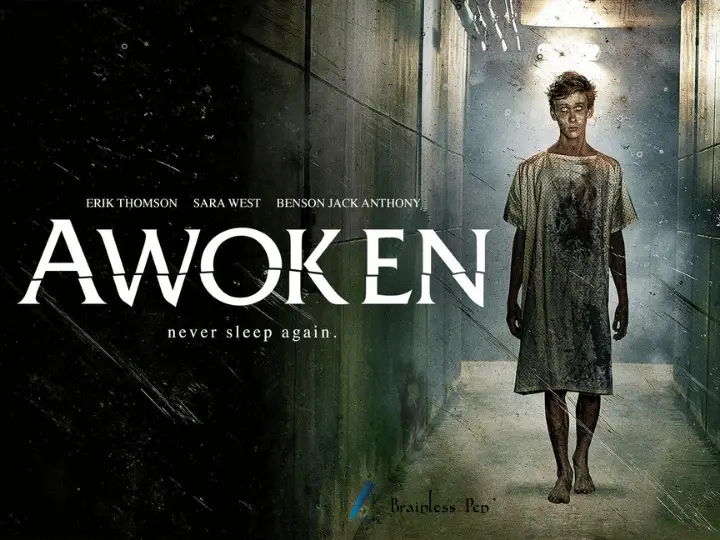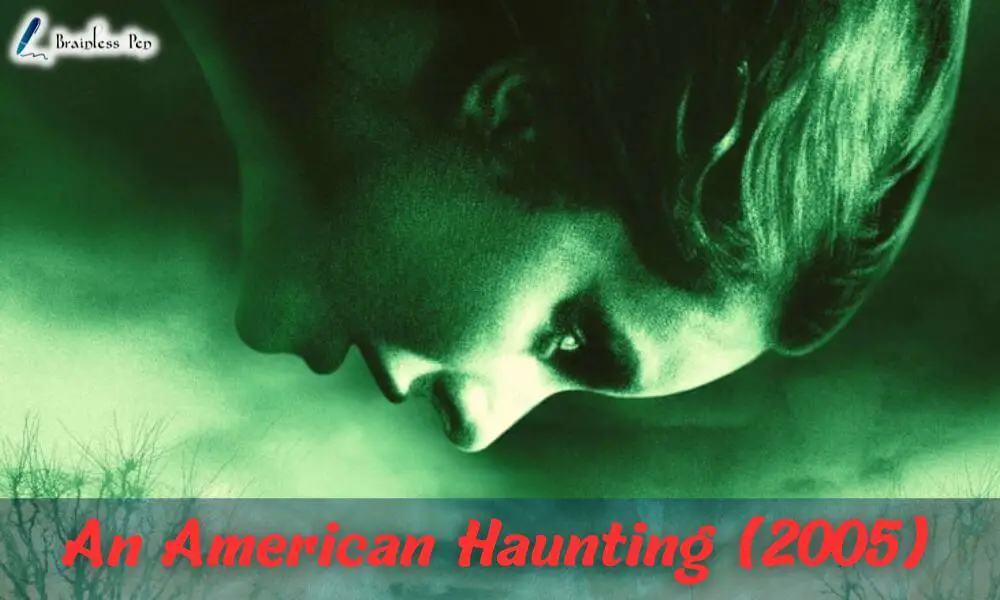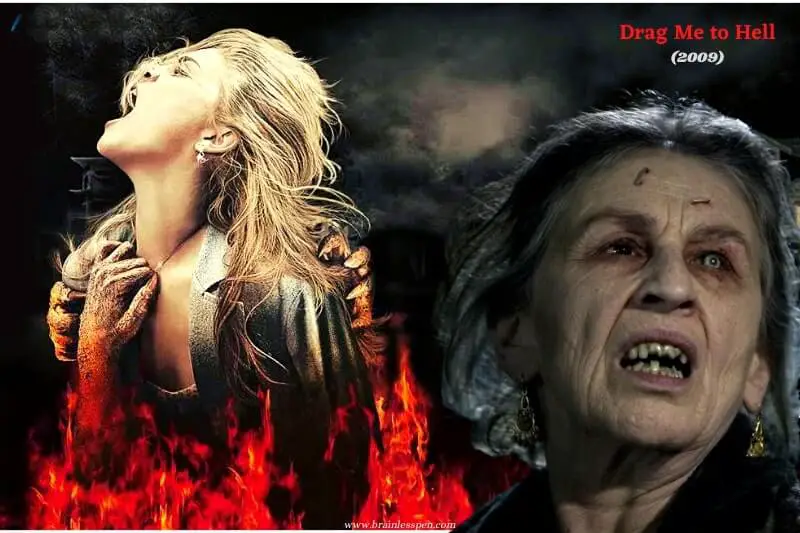Last updated on February 11th, 2024 at 08:30 pm
The Witch (2015) is a horror film that follows a Puritan family in 17th-century New England as a malevolent force in the wilderness haunts them. The film is known for its atmospheric tension and unsettling imagery. Its ambiguous ending has left many viewers wondering what happened in the final moments. Did the family succumb to supernatural forces, or was it all a result of their paranoia and religious fervor?
In this article, we will dive into the ending of The Witch and explore its possible interpretations. We will recap the events that lead up to the conclusion and provide a detailed analysis of what happens in the final scene.
We’ll also discuss the movie’s themes and how they relate to the ending, addressing common questions and confusion about the finish. By the end, you’ll better understand this enigmatic horror film and its chilling conclusion.
* * * Spoiler Alert – If you haven’t seen the movie yet, turn back now! * * *
The Premise and Buildup Before The Ending of the Movie The Witch (2015)
The film begins with William, Katherine, and their children exiled from their Puritan community and settling on a farm near a dense forest. Strange occurrences begin to happen, such as the disappearance of their infant son and the family’s crops failing. The family becomes increasingly paranoid and fearful, with Katherine believing that a witch is behind their misfortunes.
As tensions rise within the family, the eldest daughter Thomasin becomes a target of suspicion, with her younger siblings accusing her of being a witch. Meanwhile, the twins, Mercy and Jonas, claim to communicate with a goat named Black Phillip, who they believe is the devil in disguise.
The family’s paranoia eventually leads to a violent confrontation, with Thomasin being accused of being a witch and her father attempting to kill her. However, the tables turn when the Witch (in the form of an old woman) appears and kidnaps the twins.
In the film’s final scene, Thomasin finds the Witch’s coven in the woods, where the twins have been killed and their blood used to anoint the witches. Thomasin is offered a chance to join the coven and signs the devil’s book, ultimately joining them as they fly off into the night sky.
The Witch (2015) Ending Explained?
Breakdown of The Final Scene
In the climactic ending of “The Witch,” the film’s main protagonist, Thomasin, ultimately succumbs to the temptation of signing her name in the devil’s book. The scene occurs amid a fierce witch’s Sabbath, where the coven of witches dance and chant around a bonfire, culminating in Thomasin’s signing of the book, which causes her to levitate and join in the celebration.
One of the most striking aspects of the ending is the use of imagery and symbolism. The witches are shown levitating and flying, signifying their liberation from societal norms and patriarchal oppression. The use of nudity, a common element in witchcraft iconography, further highlights the idea of breaking free from societal restrictions and taboos.
Analysis of The Imagery and Symbolism Used in The Ending
The book Thomasin signs symbolizes her decision to reject the rigid religious and societal constraints that have oppressed her throughout the film. It represents her final act of rebellion, as she chooses to embrace her desires and impulses rather than conform to the expectations of her family and community.
Ultimately, the ending of “The Witch” leaves many questions unanswered and invites viewers to grapple with the complex themes and ideas presented throughout the film.
Possible Interpretations and Meanings of The Witch (2015) Ending
In this section, we will delve into the ending of “The Witch” and attempt to unravel its hidden meanings and interpretations.
Events Leading up To the Ending
Before we can understand the ending of “The Witch,” we must first recap the events that lead up to it. After their baby son disappears, the family begins to experience a series of eerie and inexplicable events, including the death of their crops, the appearance of a menacing black goat named Black Phillip, and the possession of their eldest daughter Thomasin by a witch who lives in the nearby woods. As the family members become increasingly isolated and desperate, they turn on each other, accusing each other of being in league with the devil.
Possible Interpretations and Meanings of The Ending
The ending of “The Witch” has inspired many interpretations and theories. Some viewers see it as a triumphant moment of rebellion and liberation, in which Thomasin rejects the suffocating constraints of her Puritan upbringing and embraces her true identity as a witch. Others view it as a tragic and horrifying descent into madness and damnation, in which Thomasin has sold her soul to the devil and become one of the witches who terrorized her family.
Exploration of How the Ambiguity of The Ending Enhances the Movie’s Impact
Regardless of how one interprets the ending of “The Witch,” there is no denying its power to unsettle and intrigue viewers. By leaving many questions unanswered and inviting multiple interpretations, the movie creates a sense of unease and mystery long after the credits roll. The ambiguity of the ending also adds to the movie’s thematic complexity, as it invites us to consider the nature of good and evil, the limits of faith, and the price of freedom.
Analysis of The Movie’s Themes and Their Relation to The Ending
The Witch is a movie full of complex themes and symbols, making it a rich text for analysis. One of the movie’s central themes is fear, particularly fear of the unknown. The characters in the film are all afraid of something, whether it is the wilderness, witches, or even their sinful natures. This fear drives much of the plot, and it is particularly evident in the ending.
Another important theme in the movie is faith and how it can be tested and ultimately lost. The family at the story’s center is deeply religious. Still, the strange and frightening events around them constantly challenge their faith. The ending can be seen as a commentary on the fragility of faith and the dangers of blindly believing in something without questioning it.
Finally, family is another important theme in the movie. The family at the story’s center is isolated and struggling to survive in a harsh wilderness. Their bond is tested by the supernatural events happening around them. The ending can be seen as a commentary on the lengths people will go to protect their families, even in the face of incredible danger and uncertainty.
Conclusion
The Witch is a must-watch for horror fans and anyone interested in exploring the darker aspects of human nature. However, due to its graphic and disturbing content, it may not be suitable for all audiences.
The thoughts about the movie ending are, while divisive among audiences, a masterful stroke of storytelling that brilliantly ties together the themes and symbols of the movie. It is a powerful meditation on the dangers of religious extremism, the nature of evil, and the destructive power of fear. So, If you’re up for a haunting and thought-provoking cinematic experience, “The Witch” is a film you won’t want to miss.
Summary
Original Title: The VVitch: A New-England Folktale
Other Titles: The Witch
Genre: Horror/ Supernatural
Runtime: 1hr 32min
Original Language: English
Written & Directed by Robert Eggers
Tagline: A New-England Folktale.
Release date: March 3, 2016 (USA)
Origin Country: United States, Canada, United Kingdom

